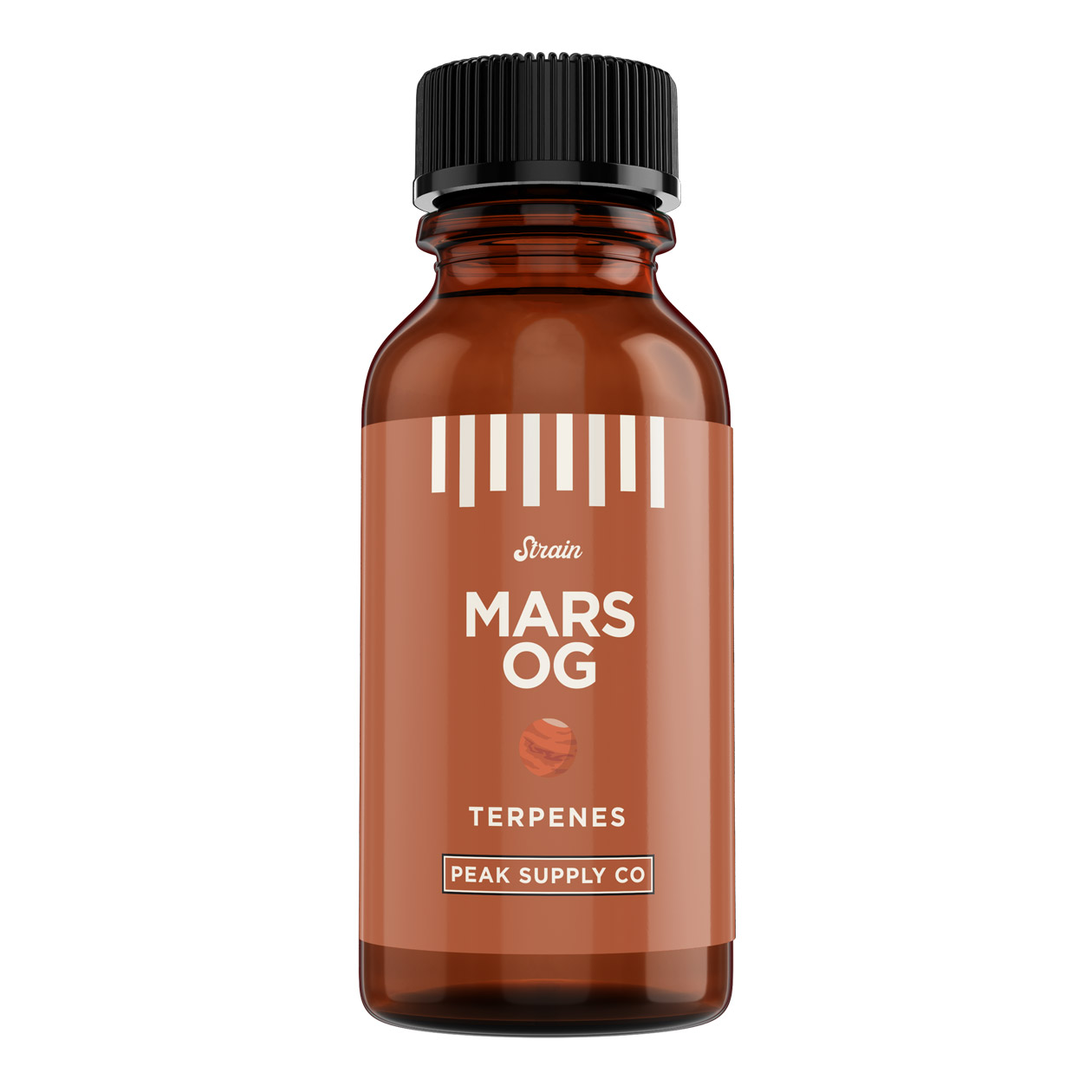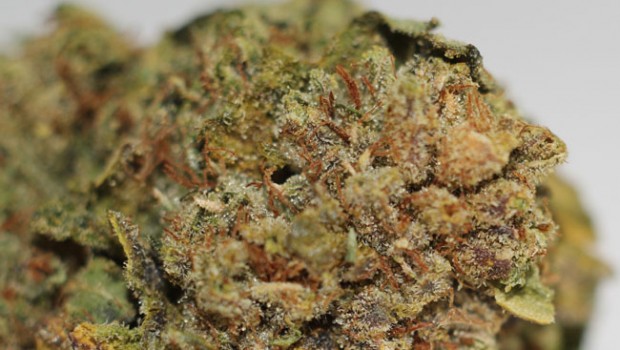


Polybasic furin cleavage site and O-linked glycans

This is strong evidence that SARS-CoV-2 is not the product of purposeful manipulation. Thus, the high-affinity binding of the SARS-CoV-2 spike protein to human ACE2 is most likely the result of natural selection on a human or human-like ACE2 that permits another optimal binding solution to arise. While the analyses above suggest that SARS-CoV-2 may bind human ACE2 with high affinity, computational analyses predict that the interaction is not ideal 7 and that the RBD sequence is different from those shown in SARS-CoV to be optimal for receptor binding 7, 11. On the basis of structural studies 7, 8, 9 and biochemical experiments 1, 9, 10, SARS-CoV-2 seems to have an RBD that binds with high affinity to ACE2 from humans, ferrets, cats and other species with high receptor homology 7.

Five of these six residues differ between SARS-CoV-2 and SARS-CoV (Fig. Six RBD amino acids have been shown to be critical for binding to ACE2 receptors and for determining the host range of SARS-CoV-like viruses 7. The receptor-binding domain (RBD) in the spike protein is the most variable part of the coronavirus genome 1, 2. Mutations in the receptor-binding domain of SARS-CoV-2 Our comparison of alpha- and betacoronaviruses identifies two notable genomic features of SARS-CoV-2: (i) on the basis of structural studies 7, 8, 9 and biochemical experiments 1, 9, 10, SARS-CoV-2 appears to be optimized for binding to the human receptor ACE2 and (ii) the spike protein of SARS-CoV-2 has a functional polybasic (furin) cleavage site at the S1–S2 boundary through the insertion of 12 nucleotides 8, which additionally led to the predicted acquisition of three O-linked glycans around the site.


 0 kommentar(er)
0 kommentar(er)
